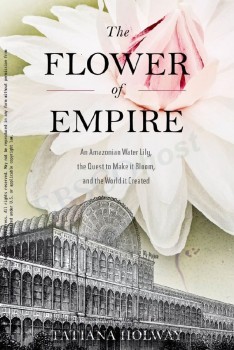Selected Letters of Charlotte Brontë
These letters give an insight into the life of a writer whose novels continue to be bestsellers. They reveal much about Charlotte Brontë’s personal life, her family relationships, and the society in which she lived. Many of her early letters are written with vigour, vivacity, and an engaging aptitude for self-mockery. In contrast, her letters to her’master’, the Belgian schoolteacher Constantin Heger, reveal her intense, obsessive longing for some response from him. Other letters are deeply moving, when Charlotte endures the agony of her brother’s and sisters’untimely deaths. We learn also of the progress of her writing, including the astonishing success of Jane Eyre, and of her contacts with her publishers, including the young George Smith; and we recognize in her letters the life-experiences which are transmuted into the art of her novels.


